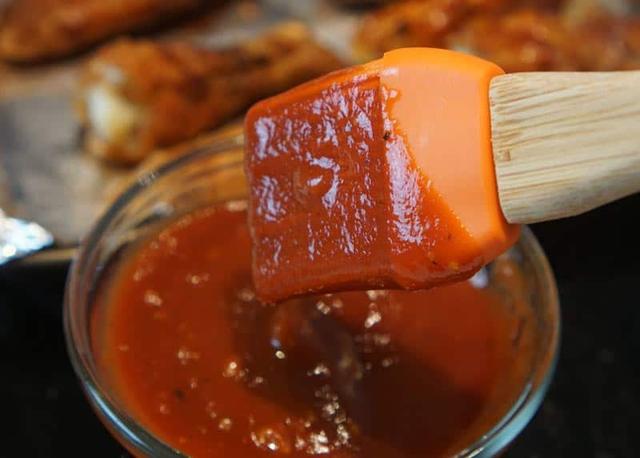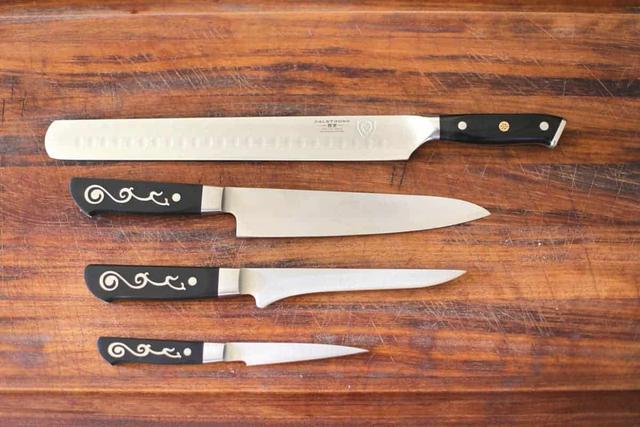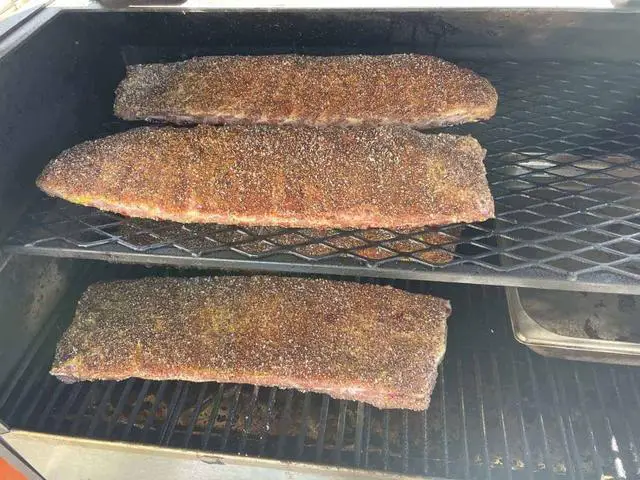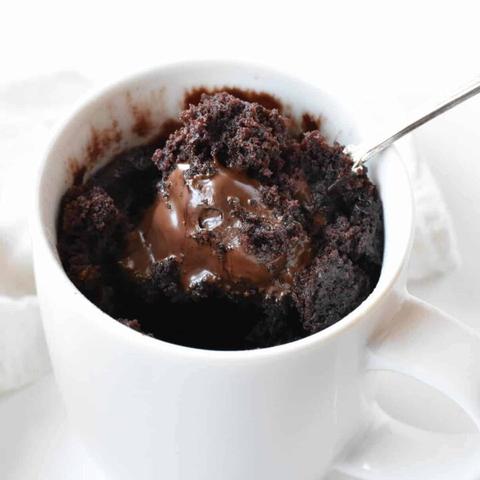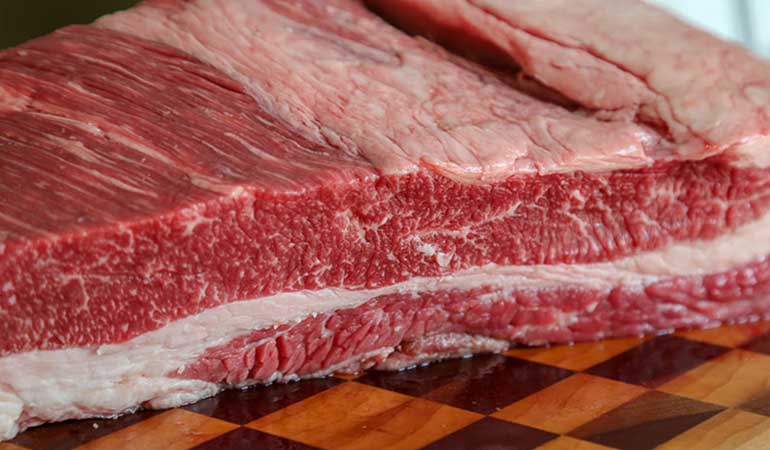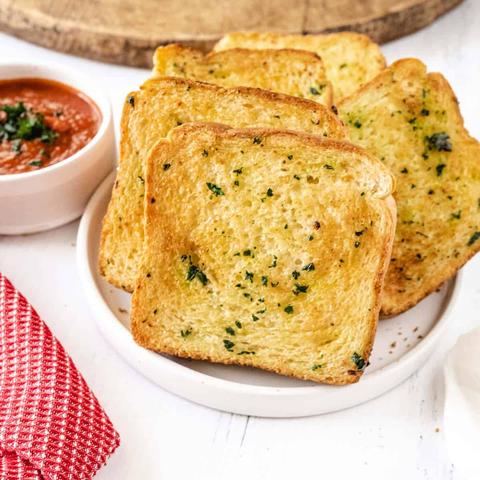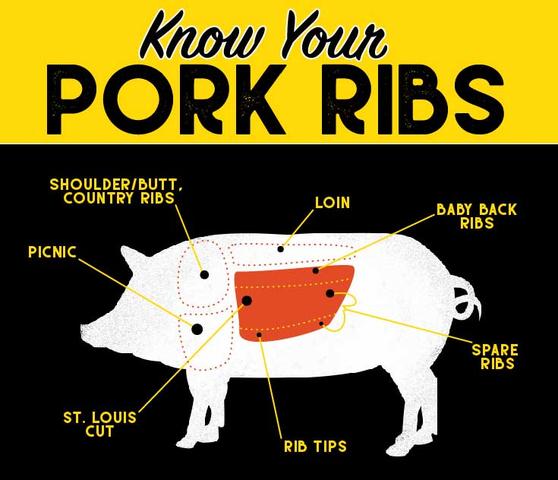
“Indulge in the ultimate meaty pleasure with our succulent pork rib bones. Satisfyingly tender and bursting with rich flavor, these delectable cuts are perfect for grilling or slow-cooking. Elevate your culinary experience and savor every bite of these mouthwatering pork ribs that will leave you craving for more.”
Types of Pork Ribs: The Differences Explained

When it comes to pork ribs, there are several different types that you can find in a grocery store or at a butcher shop. The two main types are spareribs and baby back ribs. Baby back ribs are sourced from the upper portion of the rib cage, where the ribs and the spine meet. They contain loin meat and are smaller in size compared to spareribs. A typical rack of baby back ribs will include 10-13 curved bones.
Spareribs, on the other hand, are taken from the bottom of the ribs or the underbelly of the hog. They extend around the belly and connect to the sternum. Spareribs are considered more meaty but less tender than baby back ribs due to their higher fat content. They also take longer to cook to tenderness because of their collagen/connective tissue.
In addition to these two main types, there are also country style ribs which can be made from either spare ribs or loin meat. Country style ribs come from the same place as baby back ribs but have a chunk of loin meat attached. These ribs may not be as uniform in size and shape as other cuts, but they still offer great flavor.
The Different Types of Pork Ribs
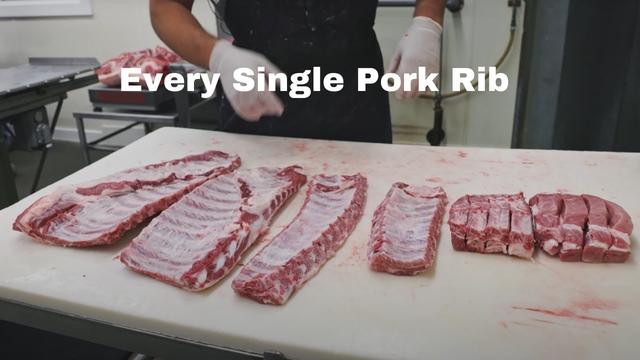
When it comes to pork ribs, there are several different types that you can choose from. The most common ones that you’ll find in a grocery store or butcher shop are spareribs and baby back ribs. Spareribs are taken from the bottom of the ribs or the underbelly of the hog, while baby back ribs come from the upper portion of the rib cage where the ribs and spine meet. Baby back ribs are smaller in size and contain loin meat.
In addition to spareribs and baby back ribs, there are also country style ribs. These can be sourced from the shoulder or loin area of the pig. Country style ribs have more meat on them compared to other rib cuts, and they may come with bones or boneless depending on how they’re butchered.
1. Pork Baby Back Ribs or Loin Back Ribs
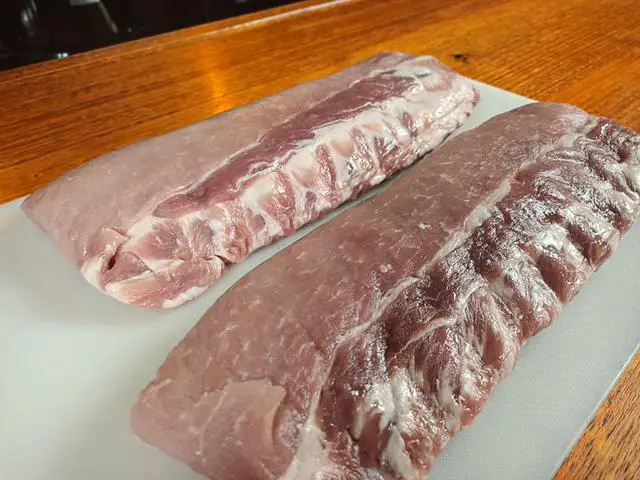
Pork baby back ribs, also known as loin back ribs, are sourced from the upper portion of the rib cage where the ribs and spine meet. These ribs contain loin meat and are smaller in comparison to spareribs. A typical rack of baby back ribs includes 10-13 curved bones. When selecting baby back ribs, look for even thickness throughout the rack and even fat marbling.
Spareribs are taken from the bottom of the ribs or the underbelly of the hog. They are separated from the pork belly and extend around the belly, connecting to the sternum. Spareribs are considered more meaty but less tender compared to baby back ribs. They contain more fat, which adds flavor as it renders into gelatin during cooking. Spareribs typically have about 1/4″ of meat on the back of the ribs.
The St. Louis cut refers to a style of trimming spare ribs. It involves removing the sternum and costal cartilage to square the rack, resulting in center-cut ribs. The flap is also traditionally removed in this cut, although it may be left intact in some cases. The trimmed tips of St. Louis cut spare ribs are known as rib tips.
Country style ribs can be extracted from both shoulder bones and loin bones of a pig, depending on how they’re butchered. If specifically extracted from the loin, four bone-in country style ribs and four boneless country-style ribs are obtained by removing a small piece of blade bone and halving the meat.
Rib tips are the bottom portion of spare ribs after they’ve been trimmed into St. Louis cut spare ribs. They are usually not sold separately in grocery stores and are removed from spare ribs due to the presence of cartilage tubes running throughout the meat.
2. Spare Ribs
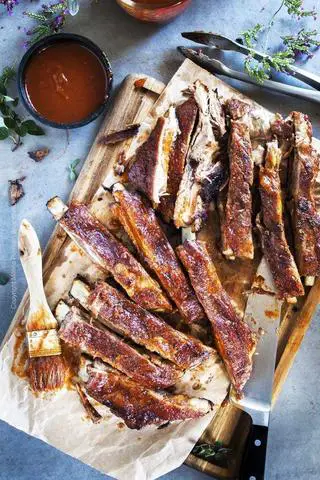
Spare ribs are taken from the bottom of the ribs or the underbelly of the hog, separated from the pork belly. These ribs extend around the belly and connect to the sternum. In general, spareribs are considered more meaty and less tender compared to baby back ribs. However, they contain more fat which results in added flavor as the fat renders into gelatin during cooking. Due to the presence of collagen and connective tissue, spareribs will take longer to reach tenderness.
When butchered, spare ribs typically contain about 1/4″ of meat on the back of the ribs. The more meat left on the ribs means less bacon yield for the butcher, which can impact their profitability. The “St. Louis cut” refers to a style of trimming spare ribs that removes the sternum and costal cartilage in order to square the rack. This cut is also called “center cut” ribs. Traditionally, the flap is also removed during this trimming process, although it may still be present in a full rack of spare ribs.
Rib tips are removed from spare ribs because they have tubes of cartilage that run throughout the meat, which some people find unappetizing. However, rib tips are not sold separately in grocery stores; you’ll usually find either whole slabs of spare ribs or pre-trimmed St. Louis cut spare ribs available for purchase.
3. St. Louis Cut Spare Ribs
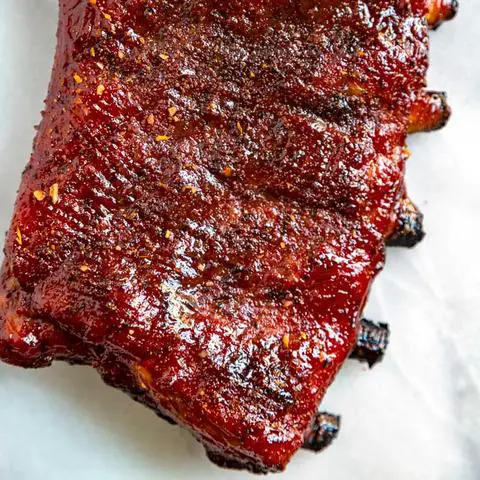
St. Louis Cut Spare Ribs are a style of trimming spare ribs that removes the sternum and costal cartilage, creating a square rack of ribs. This trimming method is also known as “center cut” ribs because it focuses on the center portion of the spare ribs. The flap of meat that is traditionally attached to spare ribs may or may not be removed in a full rack of St. Louis cut spare ribs.
Rib tips are the bottom portion of the spare ribs after they have been trimmed into a St. Louis cut. They are often removed from spare ribs because they contain tubes of cartilage that some people find unappetizing.
In grocery stores, you are likely to find either whole slabs of spare ribs or pre-trimmed St. Louis cut spare ribs. Rib tips are usually not sold separately.
Butchers can also extract country style ribs from the loin by removing the first four ribs closest to the shoulder and halving the meat. This results in bone-in and boneless country-style ribs.
Country style ribs come from the same area as baby back ribs, but they include a chunk of loin meat. Ideally, every bone in country style ribs would be uniform and the rack would be the same size on both ends with minimal curvature, but these factors do not affect taste.
In general, spare ribs are considered cheaper and more meaty compared to back ribs, which are smaller and contain loin meat. However, personal preference plays a significant role in choosing between the two types of pork ribs.
When purchasing pork ribs, it is important to avoid large fat deposits and look for even marbling throughout the meat. Additionally, it is best to avoid “shiners,” which are bones where the meat has been cut too close to them and may fall out during smoking or cooking process.
4. Pork Rib Tips
Pork rib tips are the bottom portion of spare ribs after they have been trimmed. They are often removed from spare ribs because they contain tubes of cartilage that some people find unappetizing. However, there are individuals who enjoy the flavor and texture of rib tips. In a grocery store, it is unlikely that you will find rib tips sold separately. Instead, you will typically find whole slabs of spare ribs or pre-trimmed St. Louis cut spare ribs.
If a butcher is specifically extracting country style ribs from the loin, they will likely remove the first four ribs closest to the shoulder. A small piece of blade bone is then removed and the meat is halved, resulting in four bone-in country style ribs and four boneless country-style ribs. The remaining ribs on the pork loin are made into a smaller rack of baby back ribs.
Country style ribs come from the same area as baby back ribs, but with added chunks of loin meat. While an ideal rack would have uniform bones and be consistent in size on both ends, these factors do not greatly impact taste when it comes to backyard barbecues. Personal preference plays a larger role in determining whether one prefers baby back or spareribs.
In terms of price and amount of meat, spare ribs tend to be cheaper and offer more meat compared to baby back ribs. However, baby back ribs are often marketed more effectively to consumers due to their desirable loin meat. Back ribs also smoke and finish faster than spare ribs.
When purchasing pork ribs, it is important to avoid large fat deposits and look for even marbling throughout the meat. Additionally, it is advised to avoid “shiners,” which occur when the meat has been cut too close to the bone and may cause bones to fall out during smoking or cooking.
5. Country Style Ribs
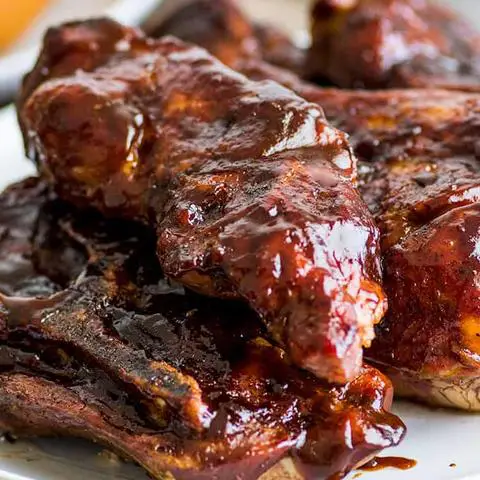
Country style ribs come from the same place baby back ribs come from. However, in this case, there is a chunk of loin meat. In an ideal world, every single bone is uniform and the rack is the same size on both ends; The bones also have minimal curvature. However, as a person who does backyard barbecue, these factors don’t matter at all. Uniformity and lack of curvature may appeal to a judge but your Friends and Family only care if they taste good.
In general, I avoid the following when picking pork ribs: Besides that, there isn’t a lot of other considerations when picking a good pork rib. This really comes down to personal preference as I physically can’t tell you what you’ll like. For instance, I like baby back ribs more than spareribs where-as my Father is the complete opposite. My mom isn’t a fan of pork ribs and likes beef ribs, and my Dad doesn’t care for beef ribs; I like both (however, I tend to lean towards beef).
There are non-taste reasons to like one over the other though. This really boils down to two factors: In general, spare ribs are cheaper – in some cases half the price of back ribs; You also get more meat. Loin meat is more desirable and baby back ribs are marketed much better to consumers. Granted, if you’re someone who trims your spare ribs into a St. Louis Cut, the margin of difference shrinks considerably. I personally think you get more meat with back ribs where-as with spare ribs you get meat and more rendered gelatinous fat.
How to Select Pork Ribs
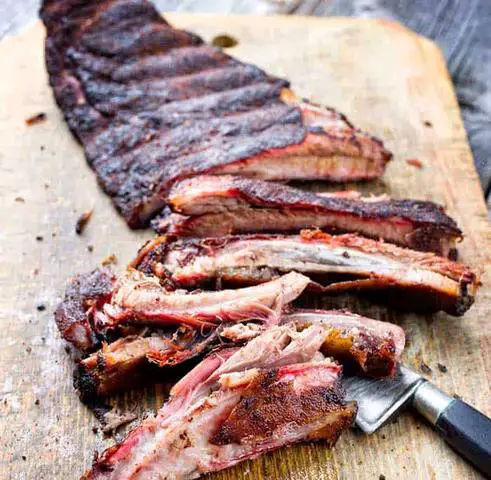
When selecting pork ribs, there are a few factors to consider. First, look for ribs with minimal large fat deposits and even marbling throughout the meat. This will ensure that the ribs are flavorful and tender when cooked. Avoid ribs with “shiners,” which are areas where the meat is cut too close to the bone. These bones may fall out during the cooking process.
Additionally, consider whether you prefer back ribs or spare ribs. Back ribs, also known as baby back or loin back ribs, are smaller and contain loin meat. They tend to be more tender and cook faster than spare ribs. Spare ribs, on the other hand, are larger and have more fat content, resulting in added flavor when rendered during cooking.
If possible, opt for fresh pork ribs rather than frozen ones. Be aware of enhanced ribs that have been injected with a solution of water, salt, phosphates, and flavorings. These can be salty if not prepared properly, so adjust your seasoning accordingly.
Which are Better? Spareribs or Back Ribs?
When it comes to deciding which type of pork ribs is better, it ultimately comes down to personal preference. Both spareribs and back ribs have their own unique qualities and flavors.
Spareribs are known for being more meaty and less tender compared to back ribs. They contain more fat, which adds flavor as the fat renders into a gelatin during cooking. However, the extensive collagen/connective tissue in spareribs means they take longer to become tender. If you prefer a meatier rib with added flavor from the fat, then spareribs may be the better choice for you.
On the other hand, back ribs, also known as baby back or loin back ribs, are sourced from the upper portion of the rib cage where the ribs and spine meet. These ribs contain loin meat and are smaller in size compared to spareribs. Back ribs tend to have even thickness throughout the rack and even fat marbling. They also smoke and finish faster than spare ribs. If you prefer a more tender rib with less fat, then back ribs may be your preferred choice.
Relevant Terminology
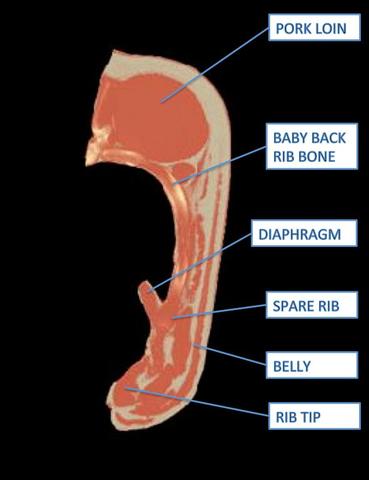
Pork Ribs: Cuts of meat sourced from a swine/hog/pig.
Baby Back Ribs: Ribs sourced from the upper portion of the rib cage, containing loin meat and smaller in size compared to spareribs.
Spareribs: Ribs taken from the bottom of the ribs or underbelly of the hog, considered more meaty and less tender with more fat for added flavor.
St. Louis Cut: Trimming style for spare ribs that removes the sternum and costal cartilage to square the rack.
Rib Tips: The bottom portion of spare ribs after they have been trimmed, usually not sold separately due to cartilage tubes running throughout the meat.
Country Style Ribs: Ribs extracted from the first four ribs closest to the shoulder, resulting in bone-in or boneless country-style ribs.
Purge: Liquid that remains at the bottom of vacuum-sealed pork rib packages, consisting of water and meat proteins drained from the meat.
Enhanced Ribs: Ribs injected with a solution of water, salt, phosphates, and flavorings to enhance tenderness and flavor. Avoid excessive salt usage when cooking enhanced ribs.
What is Purge?
Purge refers to the liquid that remains at the bottom of vacuum-sealed pork rib packages when they are opened. It is a combination of water and meat proteins, specifically myoglobin, which gives the liquid its pink or red hue. It is important to note that purge is not blood, as blood gets its red color from hemoglobin. The liquid contains bacteria that raw meat can have, so it should be handled with the same care as raw meat. It is recommended to discard the vacuum-sealed material and the purge rather than pouring it down the sink. Rinsing the meat in the sink is also unnecessary.
What are “Enhanced” Ribs?
“Enhanced” ribs refer to pork ribs that have been injected with a solution of water and other ingredients such as salt, phosphates, and flavorings. These ribs are often labeled as “extra tender” and can be found in supermarkets and grocery stores.
The problem with enhanced ribs is that many beginners may not be aware of the injection process. They might follow a recipe that calls for additional salt without realizing that the ribs already contain a high amount of sodium. This can result in overly salty ribs.
If enhanced ribs are the only option available, it is important to be mindful of the salt content in any recipes or rubs used. It is also recommended to avoid large fat deposits and look for even marbling when selecting enhanced ribs.
In conclusion, pork rib bones are a flavorful and versatile ingredient that can be enjoyed in various dishes. Whether grilled, roasted, or used to make stock, they provide a rich taste and add depth to any recipe. Their popularity and availability make them a staple in many cuisines worldwide. So next time you’re cooking, consider incorporating pork rib bones for an extra burst of flavor.
Learn More About Grilling
If you want to learn more about grilling, check out these other helpful resources!

